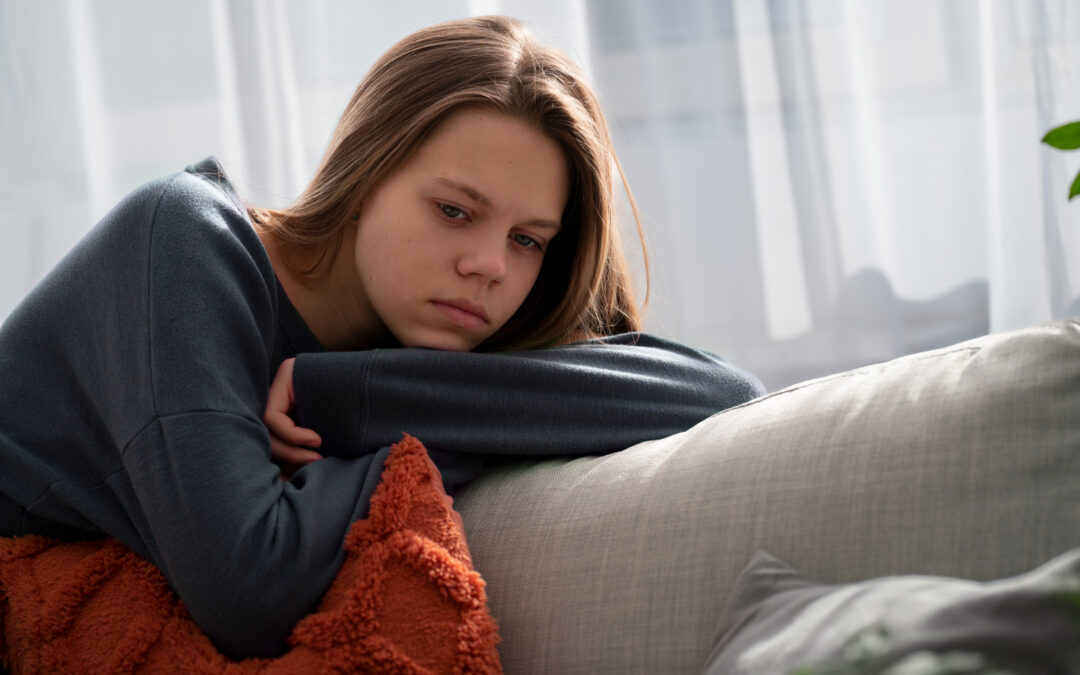Seasonal depression isn’t all about the winter blues. Many people also suffer from depression in the summer, a much less understood version of seasonal affective disorder, or SAD. For around 5% of the population, their experience of SAD is noticeable enough to impact their day-to-day life, making coping mechanisms and reliable treatment options all the more important.
Too Much and Not Enough
While seasonal affective disorder is brought on in the winter by lack of sunlight, summer SAD is caused by getting too much. As the days get shorter in winter and longer in the summer, a person’s mental balance is affected.
The symptoms of winter SAD usually include feeling lethargic and oversleeping, with feelings of sadness or hopelessness. Summer SAD, however, is a more agitated version of the affliction, resulting in a lowered appetite and insomnia. Sufferers of both versions of seasonal depression might find it difficult to deal with their environment.
Finding a Balance
While SAD is still being studied by researchers, some of whom fear summer SAD, in particular, might increase with the growing climate crisis, there are tried and true ways to help yourself during an episode.
During periods of winter SAD, many sufferers turn to light therapy, usually a specialty lamp made to treat the disorder. They might also spend more time outside and take helpful vitamin supplements.
Summer depression asks to be treated in the opposite manner—sufferers are encouraged to spend more time in air-conditioned places away from bright like. Focusing on sleep hygiene is also especially important.
Finding an equilibrium for your moods between seasons is all about what works best for you. But if you find yourself struggling with the symptoms of seasonal depression, other treatment options like talk therapy or ketamine might be useful. Talking with a professional can help you to get you on the path back to feeling like yourself.
![]()
Contact Ketamine Greater Boston


Recent Comments